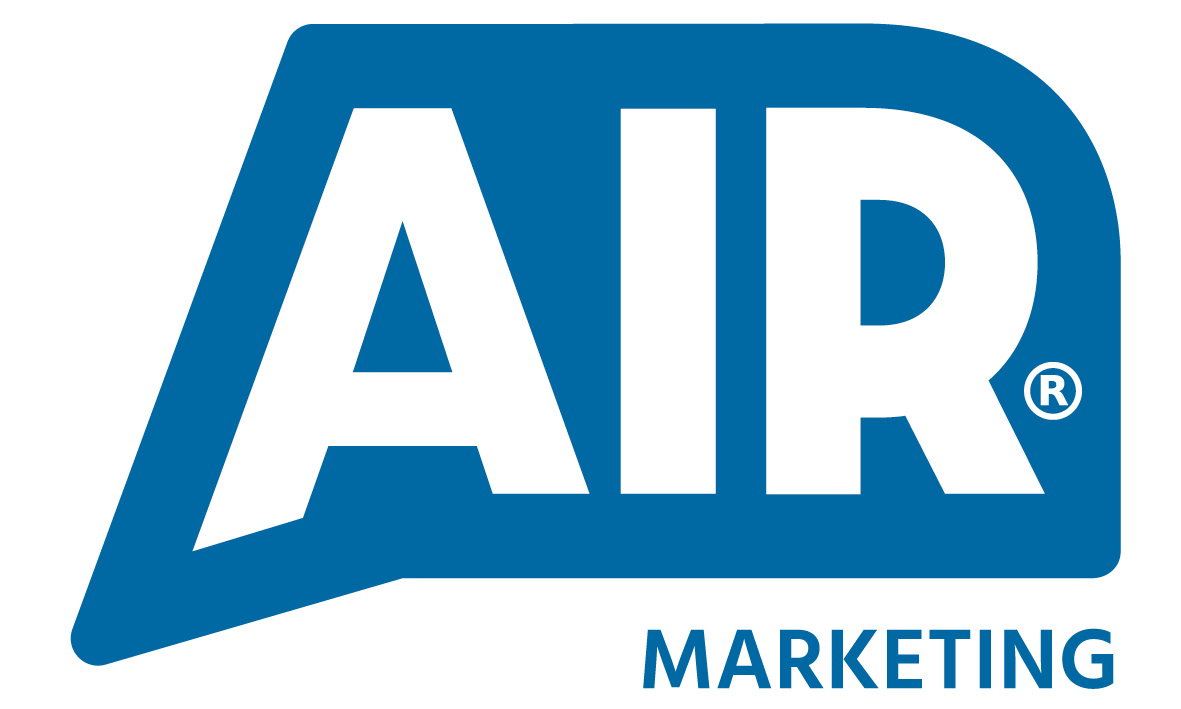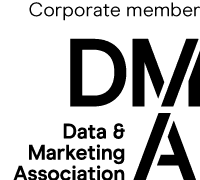Your phone is your biggest tool as a B2B sales professional. But most people don’t use it correctly.
Because they:
– start with a stiff intro
– don’t highlight pain points
– try to sell the product
Instead of:
– getting right into why they should listen to you
– framing the “pitch” around painfully accurate pain points
– selling a longer call or demo
Interested in learning how to book meetings with cold calls? Watch the video or continue reading for our Founder & CEO, Owen Richards’, top tips for filling your calendar.*
How To Book Meetings Through Cold Calls
How to modify your script
Remove:
- questions with “no” answers, this adds negativity into the call
- “how are you” → doesn’t add value for you or the prospect.
- generic language (ex. industry leader) → instead say “We help {{industryType}} solve {{specific problems}}.
- undervalued time asks → don’t only ask for 15-30 seconds, instead ask if they can help you out (example below).
- assumptive asks → don’t ask to setup a meeting right away, ask to start a conversation.
- don’t use a high pitched voice or have fake high energy, just be yourself
Add:
- a permission to go into questions (ex: But I don’t know enough about your situation to even know if this will make sense for you. Would it be okay if I ask you a few questions…”
- questions that are easy to ask before getting into the harder ones
- “what’s in it for me” straight in the start
- a natural call ask “what i’d recommend is to set up a call to help you…”
- specifics about who you’re talking to “ex: I speak to a lot of CTOs that…”
- a bit of cheekiness that makes you human “ex: Is this the worst time ever?”
How to prepare for a successful call
- Practice how things sound before making calls so you can be confident when people pick up
- Find a time to make your calls that fits when you have high energy + when your prospects will be available
- How to find leads:
- data suppliers
- tools like Sales Nav
- industry specific data bases
- How to research for cold calls:
- use the research you’ve already done based on your email + LinkedIn outreach
- google the company while you’re calling them up
- use relevancy (ex: find the main pain points for a specific group of people like CTOs of manufacturing companies) → use job descriptions for this
Tips to help you meet your goals
- The best SDRs Owen has worked with spend about half the day on the phone. Owen’s goal is to get 1-2 good conversations per hour.
- How to bring your lead’s guard down:
- be extremely honest
- making the conversation permission based
- add your personality, be human
- If you get a gatekeeper saying someone isn’t in the office any more, ask for the cell phone number.
- Add a cold call in at the beginning and at end of the sequence
→ Can be after a LinkedIn step and first email to give initial context
Examples for each section of the call
- Opener to ask for their time
→“Look I know you weren’t expecting my call, can you help me out for a moment?”
→ “I’ll be honest with you, this is a sales call. But I’m hoping to have a few moments to tell you why I chose to call you today”
- Pitch that answers “what’s in it for me”
→ “We work with (target audience here) to help them achieve (target audience’s goals)
→ “We work with (target audience here) who are typically battling with challenges such as (target audience’s challenges)
- When saying who you work with, the more specific the better. If you can bucket calls based on specific roles this is the best, ex. Heads of People for SMBs, CTOs for manufacturing companies, Heads of Sales in bootstrapped startups, etc.)
- When mentioning goals and challenges, use jobs ads to find what people in this specific role need to handle. These tasks are their main challenges.
- Transition to discovery questions
→ “Now, I don’t know enough about your situation to know if something like this would make sense for you, so would it be okay if I asked you a couple of quick questions?”
- Close (book the meeting)
→ “{{Name}}, I genuinely think we can help you with [some of the learnings you have from their answers]. I’m going to suggest we book a time to go into more detail on this.
Can I suggest we book 30 minutes for next Wednesday or Thursday? Are mornings or afternoons usually better for you?”
- Wrap-up (summary + next steps)
→ “Right, that’s great {{Name}}. So just to summarize, we’re going to speak again next Friday, November 25th at 2pm and together we’ll go over some ways to help you {{solve problem}}. Myself and (Senior Name) will be in the conversation from our side. Is there anyone else you’d like me to invite from yours?”
No problem. So I’ll send you a confirmation email and calendar invite now. Is there anything else you need from me between now and then? That’s great. Then I’ll say thank you for your time and look forward to our conversation next Friday.”
- How to handle objections – diffuse, statement, question
→ “That’s absolutely fine, no problem at all. Most of the people I speak to tell me the same thing, I hear it almost every day. {{firstName}} tell me out of interest, (discovery question)”
- When someone says “Can you just send me an email?” you have two choices:
- accept they aren’t interested and move on
- call them out on the BS and go back into the conversation
→ example from Blissful prospecting: “firstName, can I ask you an awkward question? I’ve done a lot of these cold calls and generally when someone says this it’s really just their way of telling me they aren’t interested in my lame cold call. Am I completely off base with that?”
Owen’s cold call script
“Hi {{FirstName}} it’s Owen calling from Air Marketing, you and I haven’t spoken before but I’m just hoping you can help me out for a moment.
We help ambitious SaaS companies who’s SDRs are struggling to build enough pipeline and hit target. (depending on the current problems your leads are facing)
Obviously I don’t know enough about your situation to know if this would be a fit for you, do you mind if I ask you a couple questions?
Looking for more more content to increase meetings booked rate?
*In collaboration with Lemlist.










